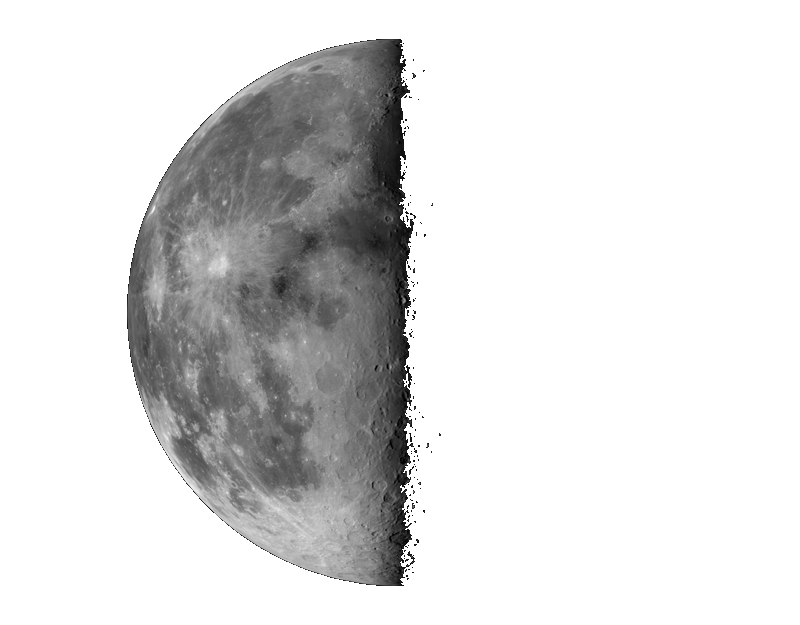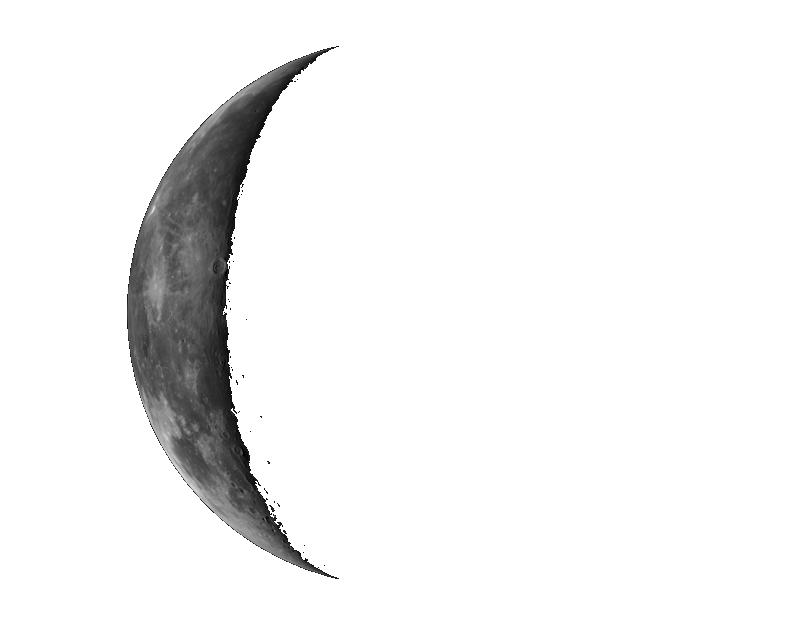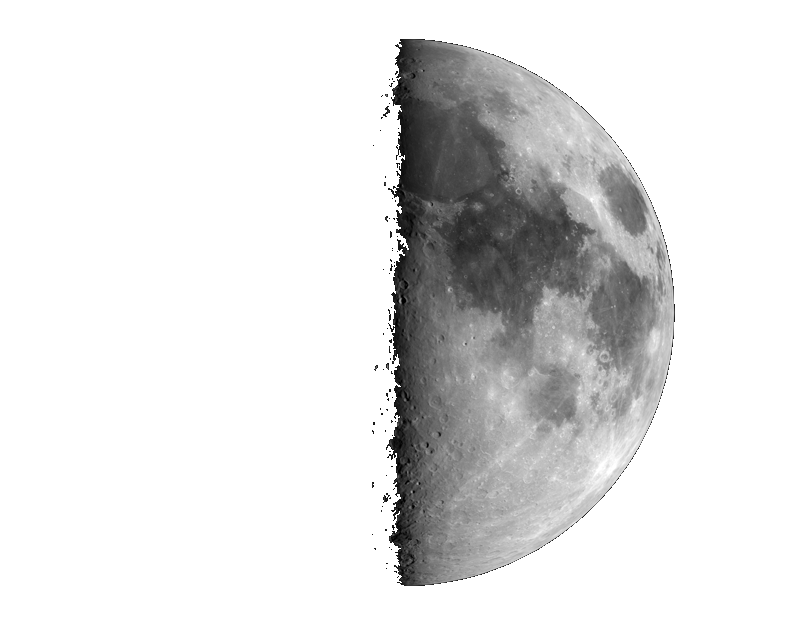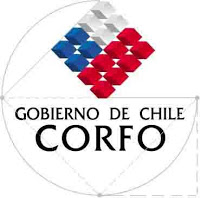Contact Us
- Address: Réservations par internet seulement
- Email: infoSPAMFILTER@spaceobs.com
- Phone: No telephone
- Cellphone: No telephone
- Website: www.spaceobs.com
Next moons
10-01-2026  | 18-01-2026  |
26-01-2026  | 01-02-2026  |
Sponsors


Published on Monday 20 December 2004
The NASA Spaceguard survey is officially a 10 years program aimed at discovering 90% of the 1km sized Near Earth Objects, eventhough we don't know exactly how much this number is. This size threshold was chosen because it is estimated to be the smallest size of object able to produce global consequences on Earth (i.e. not only around the impact zone or continent).
I have compiled this page in 2002, 2003, and this is the third one, 2004. I simplified it, giving only the statistics of discovery. You can find maybe more information on the other pages.
The data : in the first week of January 2005, like I had done in the past years at the same time, I uploaded 3 files from the Minor Planet Center web site, i.e. the Amor, Apollo and Aten files, kept only the useful data (i.e. removed the headers and footers of the page, juste keeping the numerical data), removed the few objects already discovered in 2005, then merged them in a large text file, which I later used in Excel and Kaleidagraph (another data processing software available for both PC and Macintoshes).
Some important definitions :
- Apparent magnitude is a measure of the apparent brightness of a given star, and in this context asteroid. It depends of the object size, its albedo (coefficient of reflection of the light), its distance to the sun and to the Earth.
- Absolute magnitude is the magnitude that an asteroid would have if located at the distance of one astronomical unit (AU) of the sun (i.e. the distance of the Earth to the Sun, i.e. roughly speaking 150 millions km) and one AU from the Earth. This measures allow to compare asteroids between each other, whereas the apparent magnitude of a given asteroid varies with its position on its orbit versus the position of the Earth.
- In all this data, I rounded the published absolute magnitudes by taking the integer part of the magnitude (i.e. 16 for any object between 16.00 and 16.99). Therefore, in this data, and this is an important point to understand, all objects brighter than absolute magnitude 18 are published here as objects of magnitude 17. This is important in order to be able to compare with other publications made in particular by NASA.I tried to point out also when the data was by individual magnitude class (i.e. all objects between magnitude 17 and 18, noted magnitude 17) and when it was refering to cumulative magnitude (i.e. all objects brighter than magnitude 18, i.e. from the brightest, to magnitude 17.99 )
- I will not explain what Apollo, Aten and Amor mean, nor basic orbital elements signification.
Statistics of discovery :
Number of asteroids.
At the end of 2004, there were 3133 individual objects, compared to 2600 last years.
533 new NEOs have been discovered this year, compared to only 440 in 2003.
This 3132 asteroids can be divided in 391 numbered asteroids (52 numbered NEOs this year), 903 asteroids with 2 to more oppositions, and 1838 objects with less than one opposition. Last year there was 1171 Amor asteroids, 1226 Apollo asteroids and 203 Aten asteroids, now there are 1357 amors,1522 apollos and 261 atens,
Discoverers :
As far as the discoveries, most of them have been done by the LINEAR program, which started observing in 1998. Second comes the pioneer of all these programs, i.e. Spacewatch, with JPL's NEAT following, then Lowell Observatory's LONEOS program and Catalina Sky Survey. 309 discoveries were credited to all other discoverers, except a few individuals who have done a large contribution, like Carolyn and Gene Shoemakers and the many different helpers, Eleanor Helin and her helpers at the time of Palomar, and Robert Mc Naught et al at Siding Spring Observatory, at the time when Australia had a southern hemisphere discovery program.
For 2004, the discoveries were distributed as follow:
One can see that LINEAR still leads. Then the Catalina Sky Survey, then Spacewatch.
Another interesting discovery statistic is the distribution of discoveries versus the month of the year :
There is more than a factor of 3 between the number of discoveries made in July and September. The drop of discoveries in July and also August is caused by the generally poor weather in New Mexico and Arizona during these monthes. The surge in September can be explained by the fact that a substantial portion of objects "missed" in the summer are caught later. It would be important to check this by looking at individual objects discovered in September (to see if they were already visible/"discoverable" during july and august), but it is a likely explanation.
This is the repartition of discoveries in 2004 :
Evolution of discoveries with time.
This evolution has been mainly driven by the number of active search telescopes. It is apparently also affected by the meteorological conditions (good years, bad years...). It is very difficult to establish a model for the efficiency of search telescopes. The same telescope, used in a different manner (exposing more time to get deeper for example) would not discover the same number and the same brightness class of objects.
The randomness of early discoveries shows the fact that nobody was looking for these objects. Then came the Shoemaker and Helin times starting in the early seventies at Palomar with discoveries becoming more frequent. After 1989, while the Palomar programs were still going on, Spacewatch started to discover a few faint objects, then LINEAR and NEAT came in action and the discovery rate exploded. It will be interesting to see the same diagram in a few more years.
The fact that less objects have been discovered this year is caused by the fact that 3 out of the 5 surveys stopped operation during some months of this year to upgrade their systems (NEAT, Spacewatch and Catalina).
[IMG http://www.spaceobs.com/perso/recherche/NEA2004/discoveriesperyearsincespaceguard.JPG]
Here is in detail the evolution of discoveries since the beginning of the spaceguard survey per magnitude class:
[IMG http://www.spaceobs.com/perso/recherche/NEA2004/mag13-15.JPG]
There are only 3 NEOs brighter than absolute magnitude 13 (Ganymede, Eric and Eros), all discovered before the beggining of the Spaceguard Survey.
Asteroids 20826 (2000 UV13) and 25916 (2001 CP44) are the magnitude 13 objects discovered since the beginning of the survey. No other objects as bright have been found since.
The number of magnitude 14 objects (i.e. between 14.0 and 14.99) found every year is decreasing to about one per year. 2004QY2, at magnitude 14.7 was discovered by the Siding Spring Survey.
The number of objects of magnitude 15 is small too, causing random variations in the discovery rate. 5 were found in 2002, 6 in 2003, 5 this year.
[IMG http://www.spaceobs.com/perso/recherche/NEA2004/mag16-19.JPG]
Before 2003, the curves of magnitude 16, 17 and 18 were almost parallel. Last year all of them went down because of the smaller activity on NEO searches (several surveys stopped during the year). This year despite the larger activity, it seems to be clear that less bright objects were discovered, meaning we are starting a trend which should bring us to 0 one of these years. Still the fact that we found more magnitude 15 objects than last year may mean we will have to continue several years before this moment.
[IMG http://www.spaceobs.com/perso/recherche/NEA2004/mag20-24.JPG]
Apart from a stable magnitude 20 detection, all the others have benefited from the larger and deeper activity.We have detected twice as many magnitude 24 objects than last year.
[IMG http://www.spaceobs.com/perso/recherche/NEA2004/mag25-30.JPG]
same remark for magnitude 25 and 26. The detection of fainter object is caused by their random approach to the Earth, with the small telescopes currently used, we are not detecting these objects very far from Earth.
Out of 36 objects magnitude 27 and fainter, 23 have been discovered by Spacewatch which is the only program currently going to apparent magnitude 21 and deeper. 11 of these fainter objects have been discovered by LINEAR.
Here are the cumulated number of asteroids discovered since the beginning of the Spaceguard Survey per magnitude class.
[IMG http://www.spaceobs.com/perso/recherche/NEA2004/cumulmag13-16.JPG]
[IMG http://www.spaceobs.com/perso/recherche/NEA2004/cumulmag21-24.JPG]
[IMG http://www.spaceobs.com/perso/recherche/NEA2004/cumulmag25-30.JPG]
Here is the cumulated number of asteroid of magnitude <18 discovered during the Spaceguard Survey 700 asteroids so far and counting.
[IMG http://www.spaceobs.com/perso/recherche/NEA2004/cumulatedinf18.JPG]
[IMG http://www.spaceobs.com/perso/recherche/NEA2004/cumulatedpermag.JPG]
This concludes this brief update of last year's web page.
Keep up the good work Spaceguarders !
10-01-2026  | 18-01-2026  |
26-01-2026  | 01-02-2026  |

